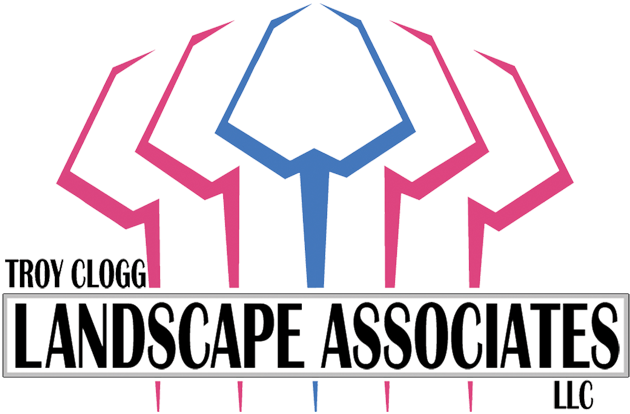Winter Outlook 2014-2015
We all remember last year’s record setting winter with seemingly endless piles of snow. Our meteorologists worked around the clock creating Storm Alerts and analyzing Certified Snowfall Totals™ as major Northeast cities accumulated a snowfall surplus of 15 – 30+ inches. In fact, Philadelphia recorded their 2nd snowiest winter of all time with 68.0″ and New York’s Central Park finished with 57.4″, the 5th snowiest. Along with the snow, frigid temperatures dominated, with places like Hartford, CT seeing 44 days of at or below freezing temperatures. Coming off such a brutal winter, will this season continue the onslaught of cold and snow or will milder weather make a return?
Well for those looking for a balmy winter, you’re out of luck. While late October/early November may be rather mild overall, the main theme for the 2014-15 season will be the cold. Almost all of the past winters with similar characteristics to the expected pattern this year have featured below normal cold. These years include 1976-77, 1977-78, and 1993-94. Supporting the cold is an overall negative Arctic Oscillation (AO) this October, which is expected to continue through much of the upcoming winter (see AO guidance below). With a typically -AO, expect pieces of the famous polar vortex to break off from time to time, flooding the Midwest and Northeast with arctic air.
Graph courtesy of Kyle MacRitchie/kylemacritchie.com
So we have the cold, what about the snow? This is a bit more tricky as the analog years aren’t as clear cut. However, what we do know is a weak El Niño will be favored, which will create an active southern jet stream and increased moisture flow across the southern US. Meanwhile, frequent, energetic disturbances will be favored along the northern stream due to the arctic outbreaks. These two active jets will provide a higher likelihood of “phasing” of the two branches, which may lead to multiple threats from nor’easters in the East. Snow lovers may not have to wait long either, with these coastal threats more favored in December. While snowy patterns will still be around into January and February, the axis of more frequent snow will gradually shift into the Ohio Valley and Midwest.
The maps below are based on a combination of factors listed above, along with modifications to account for atmospheric teleconnection patterns. A list of take-away points for the 2014 -2015 season are listed below. If you want more detailed information on the upcoming winter, contact our Sales Department and learn about Winter Risk™.
Expected Temperature and Precipitation Trends
Temperature
November will begin rather mild with the cold air locked in over the Upper Midwest, but December makes an abrupt switch to below normal temperatures in the Northeast
The cold expands in January, with a higher risk of a prolonged arctic outbreak
The heart of the cold air shifts into the Midwest for February into March, but most of the Northeast continues with a higher than normal risk for below normal readings
Precipitation
Active weather pattern will provide numerous storm threats for the Mid-Atlantic into southern New England – with December the most likely month for “The Big One”
Snow threats push further south into the Ohio Valley and Mid-Atlantic for January and February, which may keep New England drier – Midwest has a higher likelihood of significant snow
Late season snowfalls will be favored in March and even into April, extending the winter for snow lovers
(original article link: http://www.weatherworksinc.com/winter-outlook-2014-2015)


